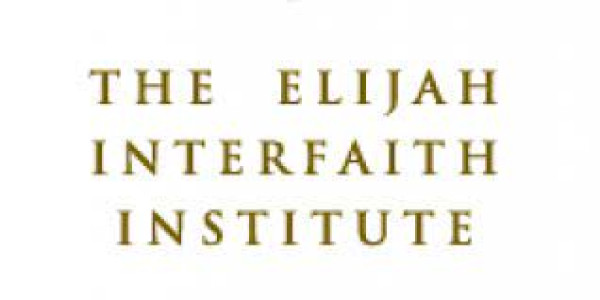Return to Self
02/10/2022 | Na stronie od 03/10/2022

Source: Elijah Interfaith Institute
This reaches you during the Ten Days of Repentance (literally “return”) in the Jewish calendar, ten days of introspection and return to one’s better self. It is therefore most appropriate that we revisit the session at the summer school which dealt with the topic.
Four religions were represented: Judaism, Christianity, Buddhism and Sikhism.
Alon introduced the session with explaining how the concept of “return to oneself” had already be raised the previous day but that it would now become the focus of our discussions.
Bishop William Shomali, auxiliary bishop for the Latin Patriarchate of Jerusalem, introduced Christian understandings of “return” more generally before focussing on the specific topic of the day.
He then proceeded to discuss the third meaning of return. He explained that a sinner distances himself from God. From here, he commences to tell the parable of the prodigal son.
He then analysed the symbolism in the parable in detail, explaining that Jesus chose every image to provide a message to his listeners. The Jewish community of the time would have understood the references and imagery highlighting the son who rejects all the principles and priorities of the society in which he lived and the loving father who forgave him completely. Bishop Shomali concluded his remarks with another focus of the story – the elder brother, who was also lost in his own way. He suffered from self-righteousness. He, too, needed to find a way back.
Rav Daniel Kohn, Rabbi of the Community of Bat Ayin, offered a mystical Jewish teaching. The essence of who we are is that each of us is an expression of divinity. There is divine within us and that gives us freedom and the power to make choices.
We forget who we really are – the first step in the return to self is to recognise the essential holiness of our nature.
Professor Vanessa Sasson is a professor of Religious Studies at Marianopolis College in Canada and a member of the Elijah Academy.
She provided the participants in the summer school with two sources, Phenasutta (a Lump of Foam) and Mettāsutta (Loving Kindness), that comprise the Sharing Wisdom section of this newsletter. Her presentation was drawn from and referred to the sources.
Professor Gurinder Mann Singh added a Sikh perspective to the discussion. He provided context for his remarks – both historical and theological – and introduced new language to expand the discussion.
He then added a new element to our understanding of “return” – that return is after absence and the person returning is changed. Using the life of the founder of Sikhism, Guru Nanak, as the model, Professor Mann demonstrated that “Return” in Sikhism is actually movement ahead, a spiral-like image of return where the point of return is above the leaving place. Even if the geographical place of return is the same as the starting-point, the place is transformed by the return of a changed person and the it is not going back to where the journey began.
Professor Singh added a moral or ethical element to the idea of return, similar to what we had seen from Mufti Ceric in his presentation on Islamic ideas of return.